These are the poorest cities in every US state
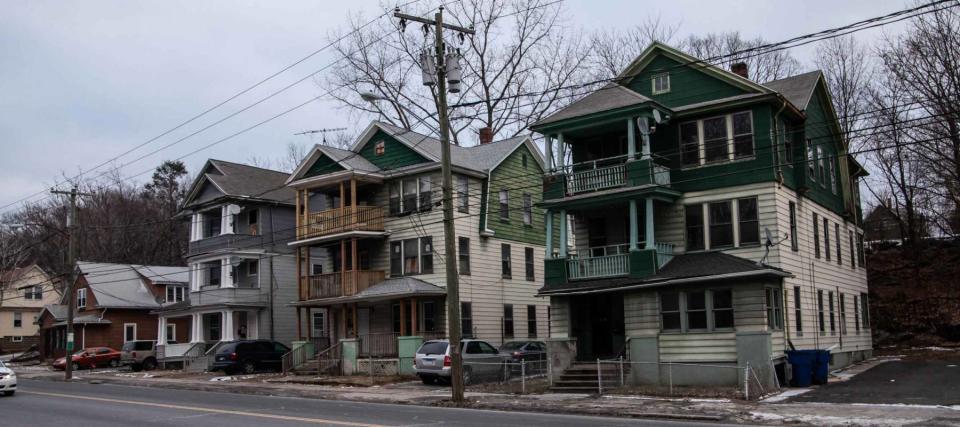
Finding it hard to make ends meet? Well, if you live in one of these cities, your neighbors can relate.
Long before COVID-19 struck — putting low-wage service staff out of work and into debt — cities across the U.S. suffered from severe income inequality. The wealthiest areas are far, far richer than those at the bottom, which struggle to overcome generational poverty and create decent job opportunities.
Data from the Census Bureau’s 2019 American Community Survey, analyzed by 24/7 Wall St., shows exactly which cities are the worst off. The analysis excluded cities with a population below 61,000, leaving out the states of Vermont, West Virginia and Wyoming.
Here are the poorest cities in every state, based on household earnings, counting down to the absolute poorest in the country:
47. Alaska: Anchorage
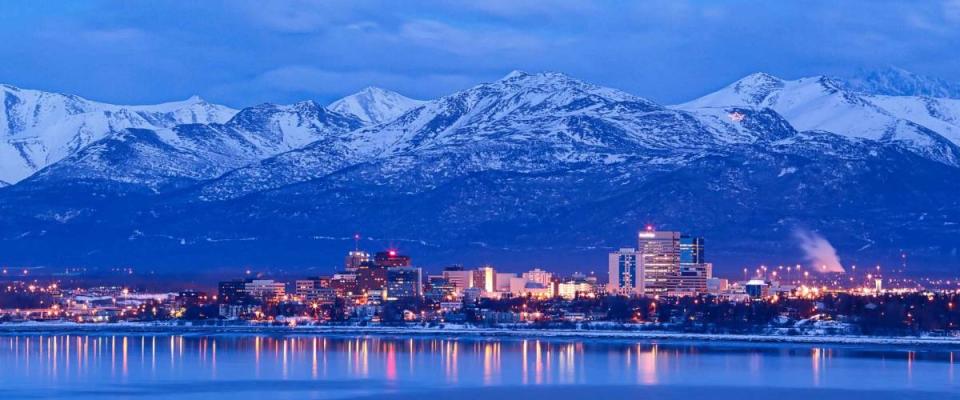
Median household income: $82,716 (state: $75,463)
Poverty rate: 10.1% (state: 10.1%)
Anchorage is the poorest city in The Last Frontier, but only by default. It’s the only Alaskan city included in the analysis.
The city’s poverty rate matches that of the state, and its median household income is actually significantly higher than the state median.
The state is a major oil producer, generating jobs and even providing residents with a yearly cut of the profits through the Alaska Permanent Fund.
46. Hawaii: Urban Honolulu

Median household income: $72,943 (state: $83,102)
Poverty rate: 9.4% (state: 9.3%)
The capital city of Hawaii ranks as its poorest — but again, that’s only because it’s the sole Hawaiian city included in the analysis.
In fact, a single person can make as much as $67,500 a year and still qualify as a “low-income earner” in urban Honolulu, with respect to the government’s assisted housing programs. That’s more than double the median household income in Albany, Georgia.
That being said, however, the median home value in the state is a whopping $754,700, so you’ll need all the financial aid you can get. At least mortgage rates have never been cheaper.
45. New Hampshire: Manchester
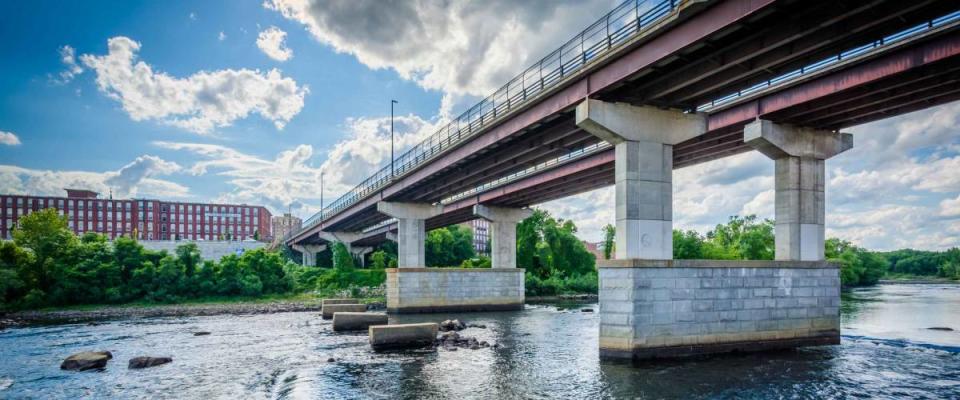
Median household income: $64,162 (state: $77,933)
Poverty rate: 12.3% (state: 7.3%)
This city in southern New Hampshire may be a thriving urban center, but more than 12% of its population lives in poverty — five percentage points higher than the state as a whole.
In recent years, New Hampshire has seen some of the biggest spikes in income inequality nationwide. Manchester is particularly sore, with an unemployment rate at 5.3% in 2019 compared to the state’s 3%.
Homelessness has also been a persistent issue, and it’s only gotten worse with the arrival of COVID-19. Attempts to find emergency housing for those living rough have repeatedly stalled.
44. Maine: Portland

Median household income: $61,779 (state: $58,924)
Poverty rate: 12.0% (state: 10.9%)
The state’s economic capital ranks as its poorest, as Portland is the only city in Maine included in the analysis.
Although the typical income for someone in Portland is a bit higher than the state median, that may not be saying much. According to the Poor People’s Campaign, over 40% of people in the state are either poor or low-income.
Housing prices are also quite high — the median home value in Portland is $334,200 — meaning plenty of residents are struggling to find an affordable place to stay.
If your housing expenses are straining your budget, you should know refinancing with one of today's ultra-low mortgage rates can drastically reduce your monthly payments.
43. Nebraska: Lincoln
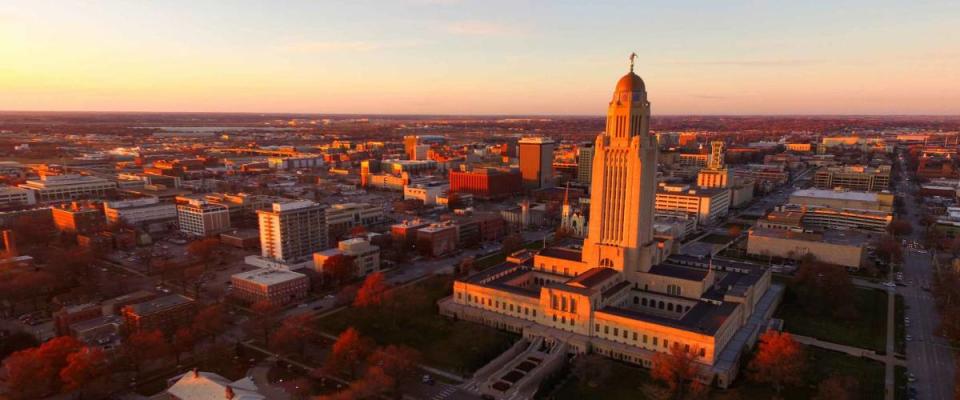
Median household income: $59,228 (state: $63,229)
Poverty rate: 11.8% (state: 9.9%)
It’s hard to make an honest living in Lincoln, named after America’s 16th president, Honest Abe. Salaries are a bit lower than the state median, while unemployment and housing prices are a bit higher.
The lack of entrepreneurship and STEM jobs are a real sign of weakness in Lincoln’s economy, according to a 2019 report released by the University of Nebraska.
That report, Lincoln Vital Signs, notes that the city is dotted with pockets of extreme poverty. Most families have still not regained the level of income they had before the Great Recession of 2007 to 2009.
If you're struggling with any debt, it can help to reduce your interest rate through a debt consolidation loan.
42. Idaho: Nampa

Median household income: $57,352 (state: $60,999)
Poverty rate: 7.8% (state: 11.2%)
Nampa, one of Idaho’s biggest cities, has relatively low unemployment, but its many workers are still earning less than the state median.
A 2017 research initiative called Invest Health identified north Nampa as the poorest and most disadvantaged area in the Treasure Valley. Around 42% of residents there live below the poverty line, with 16% living in deep poverty.
The problem isn’t isolated to Nampa, though. The richest 5% of households in Idaho have average incomes 10 times higher than the poorest 20%, reports the Center on Budget and Policy Priorities.
41. Utah: Provo
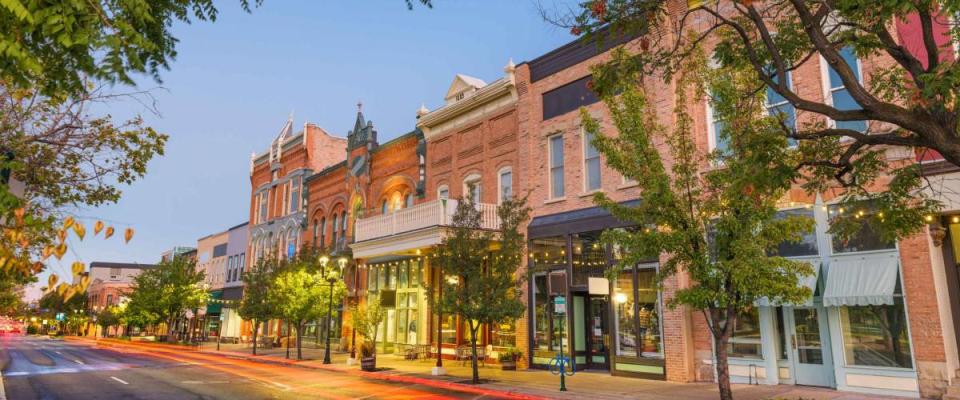
Median household income: $53,864 (state: $75,780)
Poverty rate: 24.7% (state: 8.9%)
Provo has been dubbed “the U.S.A.’s happiest city” by USA Today, with its friendly locals and beautiful hiking trails, but it’s also Utah’s poorest.
At almost 25%, Provo’s poverty rate is drastically higher than the rest of the state, and the housing costs are relatively expensive, compared to both state and national averages.
And while Utah has the smallest wealth gap in the country, according to The Salt Lake City Tribune, Provo has the second biggest divide in the state.
40. Minnesota: St. Cloud
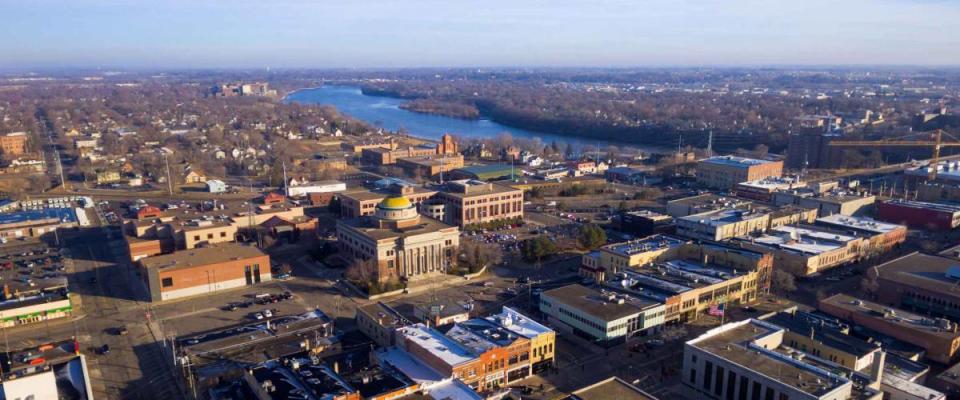
Median household income: $53,829 (state: $74,593)
Poverty rate: 18.2% (state: 9.0%)
The poverty rate in St. Cloud doubles that of the state — and having a job is no guarantee of financial stability.
About half the city’s poor are employed full or part time, the SC Times reported a few years ago, citing an expert from the Minnesota State Demographic Center.
Thankfully, the city’s real estate prices are low enough to match families’ low income.
39. North Dakota: Fargo
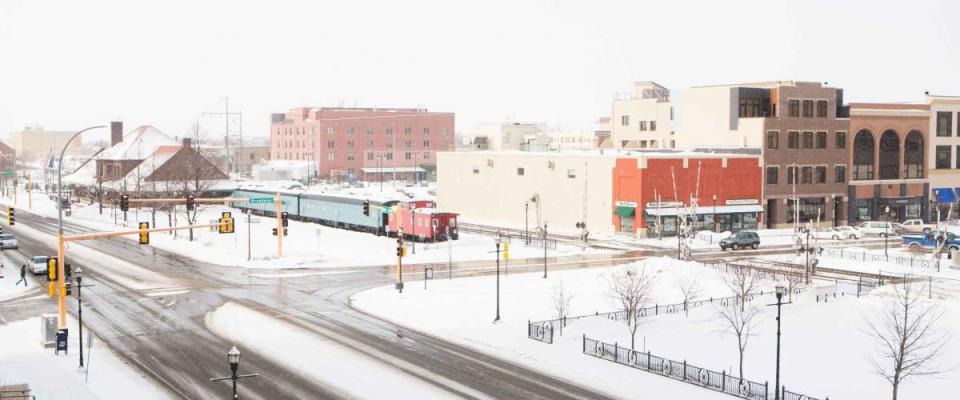
Median household income: $52,810 (state: $64,577)
Poverty rate: 16.1% (state: 10.6%)
Fargo gained notoriety thanks to the 1996 film and 2014 television series bearing the same name. However, crime isn’t quite as rampant there as you might believe, and Fargo isn’t an icy, barren landscape at all times of the year.
The Fargo-Moorhead area has experienced a population boom in the past couple decades, thanks to its growing job market, and also boasts relatively low unemployment.
However, its poverty rate is still considerably higher than the state as a whole, and its household incomes are still considerably lower.
38. South Dakota: Rapid City
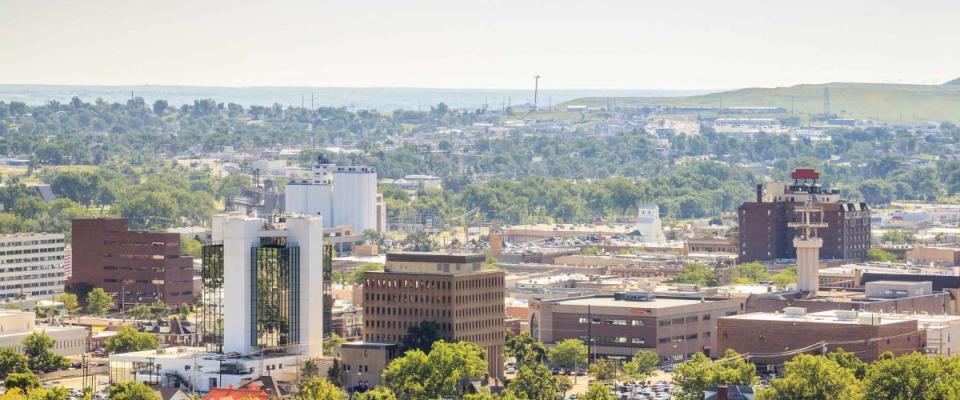
Median household income: $51,296 (state: $59,533)
Poverty rate: 13.7% (state: 11.9%)
Tourists flock to Mt. Rushmore every year through Rapid City, ensuring a stable source of income.
However, 2019’s unemployment rate in Rapid City was markedly higher than the state average and that of Sioux Falls, the only other city in South Dakota covered by the analysis.
Low-income families are falling further and further behind due to stagnant wages in the state. Between 2007 and 2017, the number of South Dakota children benefiting from the federal food stamp program rose 47%.
37. Oregon: Eugene
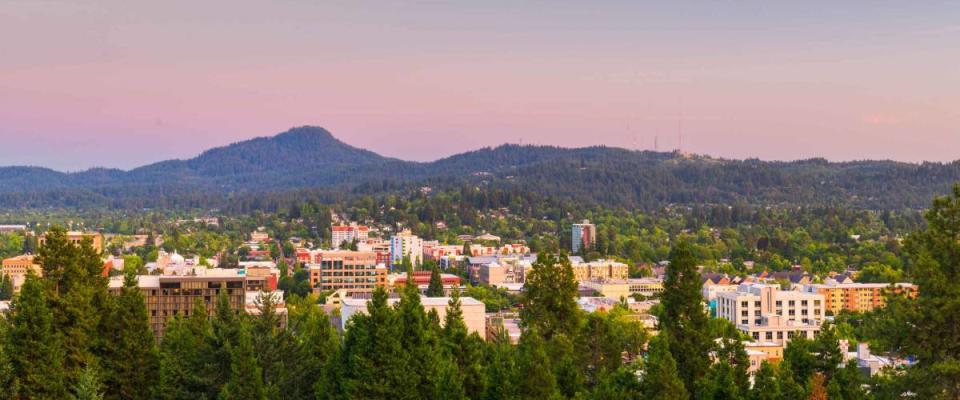
Median household income: $51,269 (state: $67,058)
Poverty rate: 17.3% (state: 11.4%)
This scenic city in the Beaver State boasts glorious mountains and forests, but you’ll pay dearly to actually live there.
This coastal college town is one of the least affordable midsize cities in the country, commonly blamed on its efforts to restrict urban sprawl. In 2017, Realtor.com said Eugene was facing the second-worst housing crunch in the country, with just 0.6% of its homes on the market.
That’s driving prices up, but incomes aren’t rising to match.
The poverty rate is high, and according to the Oregon Center for Public Policy, full-time employment isn’t enough to break out of that statistic. It found 68.7% of impoverished families in Oregon have at least one parent who works.
36. Iowa: Iowa City
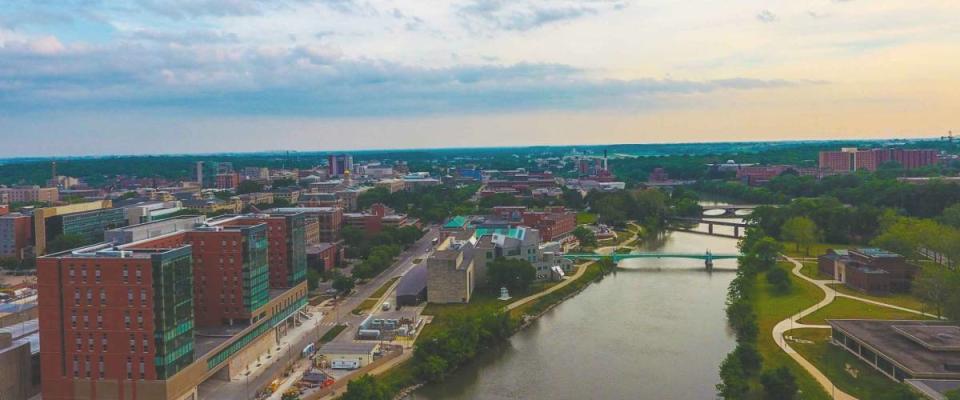
Median household income: $50,497 (state: $61,691)
Poverty rate: 25.9% (state: 11.2%)
College students are infamously poor, and Iowa City, a large college town in the Hawkeye State, truly seems to reflect the student debt crisis. The poverty rate in Iowa City is more than twice the statewide rate.
Even after they graduate and start making good money, University of Iowa alumni will find it hard to stick around. Median home values are almost $100,000 greater than the state median.
Poverty advocates in the area say high transportation costs and limited access to child care are aggravating the problem.
Looking to get rid of your student loan debt? This site could help you pay it off faster.
35. Montana: Missoula
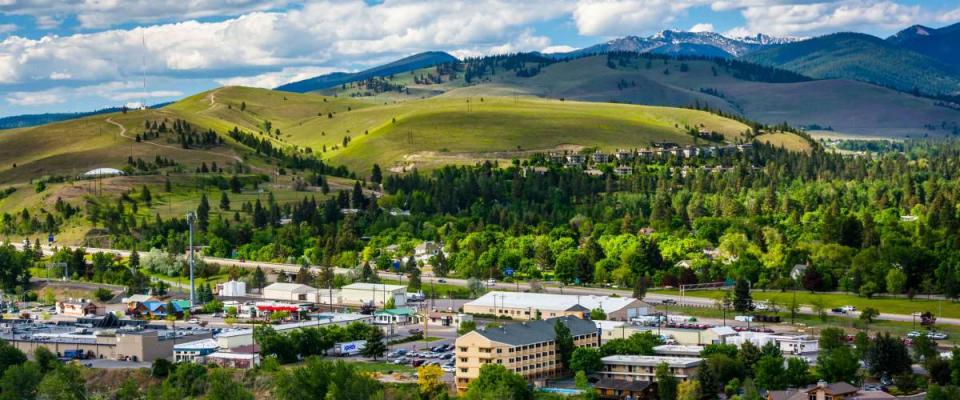
Median household income: $50,194 (state: $57,153)
Poverty rate: 13.8% (state: 12.6%)
Once home to a thriving lumber industry, the Garden City is now heavily powered by the University of Montana.
Missoula’s poverty problem isn’t that much worse than the state rate. However, that spells trouble when homes are so much pricier — the median in Missoula is $317,800, compared to $253,600 statewide.
And the cost of housing is only going up and up. Local paper the Missoulian reports that the real estate market is being flooded by out-of-state buyers eager to work remotely while enjoying picturesque mountains and bigger spaces.
34. Maryland: Baltimore
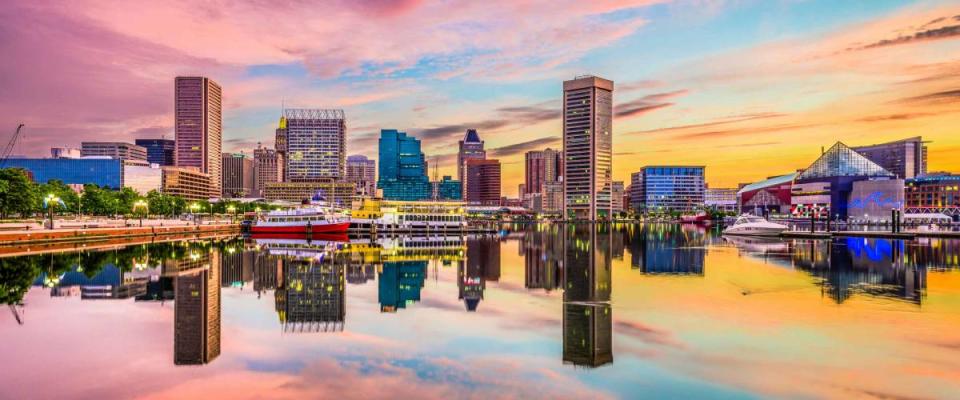
Median household income: $50,177 (state: $86,738)
Poverty rate: 20.2% (state: 9.0%)
Maryland is the wealthiest state in the U.S., with a median household income of $86,738, but that doesn’t mean life is easy in its poorest city.
“Charm City” loses its charm once you live with its high crime rates and poor schools for a while. You can also expect to earn far, far less than workers in other areas of the state.
And while it’s relatively inexpensive to live there, The Baltimore Sun says you’ll want to watch out for exposed wiring, holes in the walls, leaking plumbing and a lack of heat in the poorest neighborhoods.
33. Rhode Island: Providence
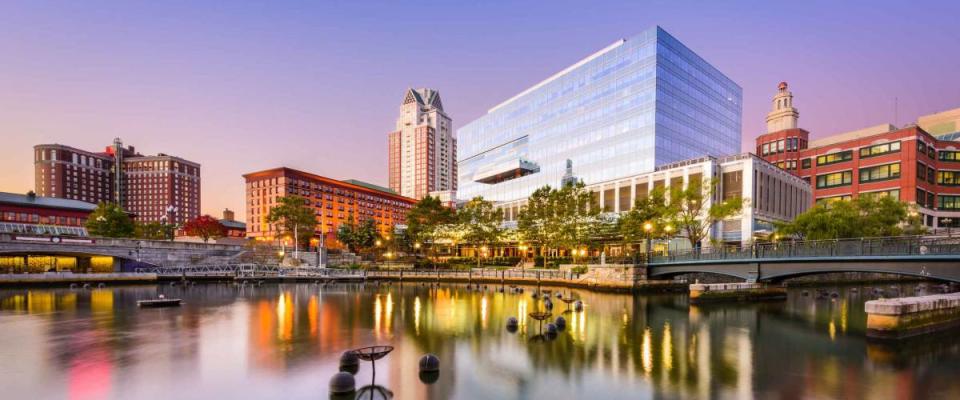
Median household income: $50,097 (state: $71,169)
Poverty rate: 22.6% (state: 10.8%)
The capital city of America’s smallest state is home to Ivy League institution Brown University, and like several other college towns on this list, it’s full of students pulling in negligible income.
Census data shows the median household income in Providence is almost $30,000 less than the smaller city of Warwick, just to the south.
Providence also ranks among the U.S. cities with the highest concentrations of poverty, with 88% of its poor packed together in under-resourced communities, according to the Initiative for a Competitive Inner City.
32. Delaware: Wilmington
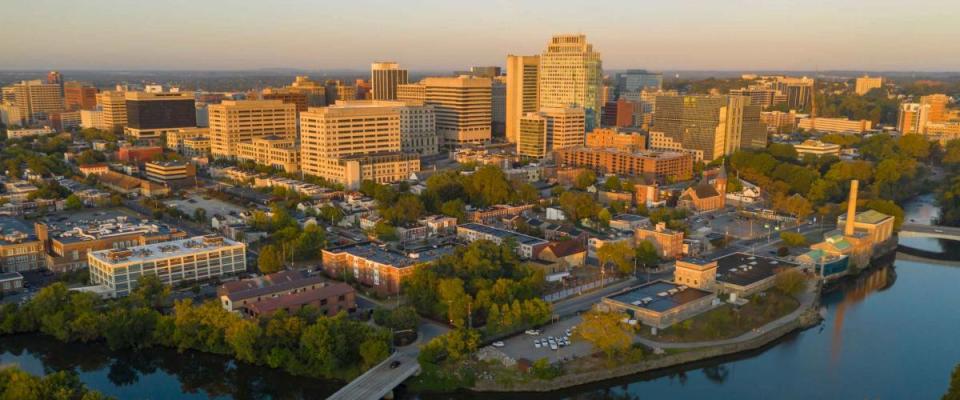
Median household income: $47,722 (state: $70,176)
Poverty rate: 29.8% (state: 11.3%)
Wilmington holds the title of poorest city in Delaware by default, since it’s the only city in the Diamond State included in the analysis.
However, Wilmington’s poverty rate almost triples that of the state.
Household income in Wilmington is more than $20,000 below par for Delaware. Homes are thankfully cheap to match: $174,400, compared to the state median of $261,700.
Poverty statewide hit new heights in 2017. Delaware was one of only two states to see an increase that year, with more people struggling than after the Great Recession.
31. South Carolina: Columbia
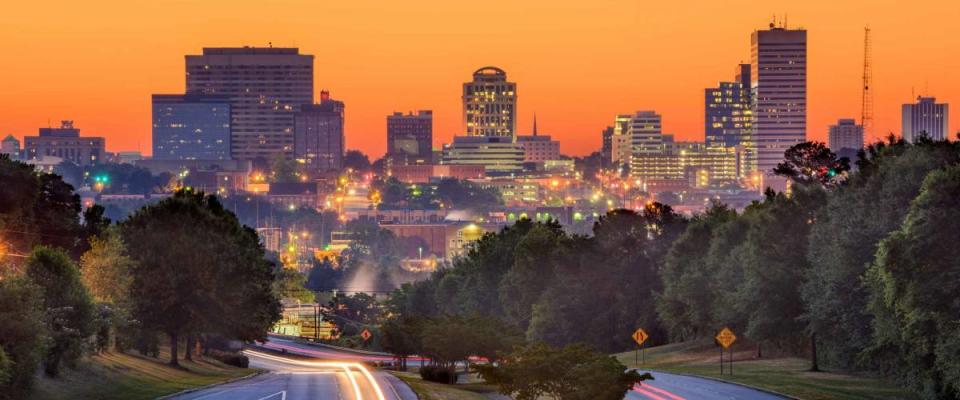
Median household income: $47,386 (state: $56,227)
Poverty rate: 22.5% (state: 13.8%)
Columbia houses the University of South Carolina, so perhaps it’s no surprise that nearly half the city’s adult population holds a bachelor’s degree, compared to the state rate of around 30%.
The large student body helps account for Colombia’s lower household income, but full-time workers aren’t faring all that much better.
Many of the jobs available in Columbia don’t provide a living wage to workers, the Free Times reports, and the need to find affordable housing can isolate them far away from their workplaces.
30. Oklahoma: Lawton

Median household income: $46,886 (state: $54,449)
Poverty rate: 20.4% (state: 15.2%)
Lawton’s economy is highly dependent on its main employer, Fort Sill, an army post just north of the city. Any changes in personnel numbers there tend to reverberate through the civilian job market, too.
The city’s unemployment rate was 8% in 2019, almost doubling that of the state. And while the poverty rate in Oklahoma is relatively high at over 15%, Lawton’s is worse.
The military town also has considerably more violent crime than any other metropolitan area in the state of Oklahoma, which already has more violent crime than the national average.
29. Virginia: Roanoke
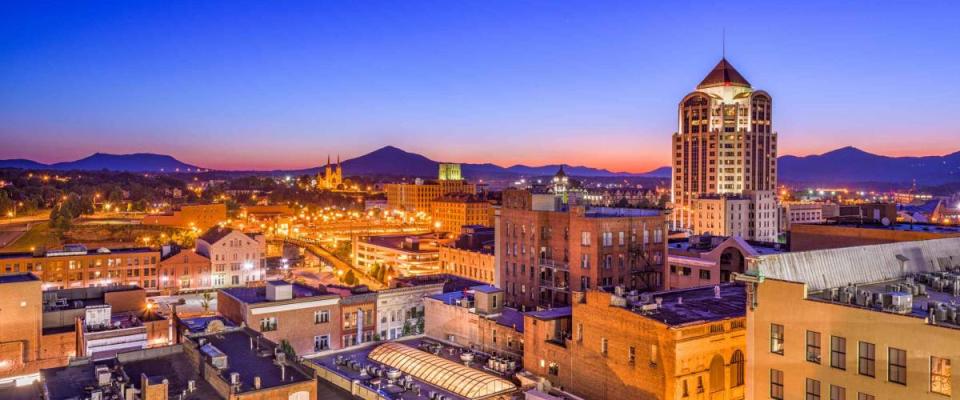
Median household income: $45,838 (state: $76,456)
Poverty rate: 20.6% (state: 9.9%)
While the median household income in Virginia is relatively high, the same can’t be said of Roanoke, which falls behind by over $30,000.
This large, commercial city in the Mother of States has been defined by years of generational inequality and poverty, says The Roanoke Times. Nonprofits and community organizations tell the paper that Roanoke lacks good job opportunities, adequate child care and accessible transportation.
In fact, in 2015 The New York Times ranked Roanoke as the 10th worst county — out of 2,478 counties — for upward mobility, meaning children born in poverty stay there.
28. Kansas: Kansas City
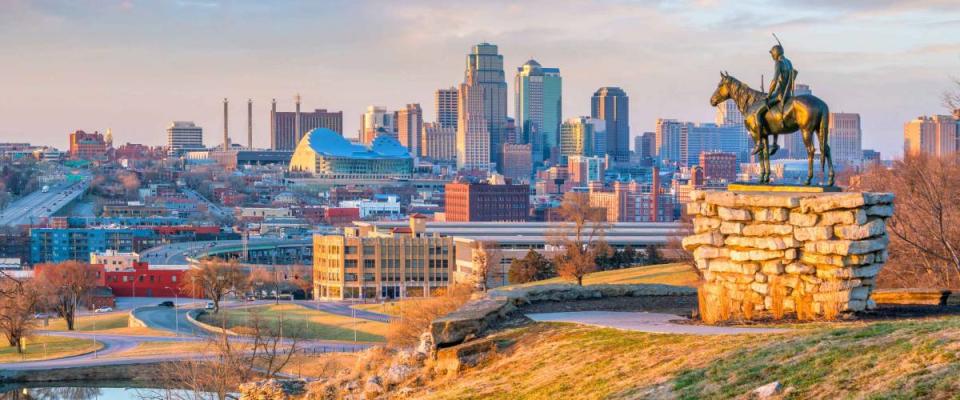
Median household income: $45,391 (state: $62,087)
Poverty rate: 22.2% (state: 11.4%)
While there’s no place like home, not all residents of Kansas City are able to live comfortably.
The unemployment rate in the city was at 5.7% in 2019, higher than the state rate of 3.8%, but even the employed may struggle to support themselves and their families.
Minimum wage in the state is still at the federal level, $7.25 per hour, which means that even a person working full-time would earn about $15,080 a year.
If you're earning a substandard wage, you can turn your free time into free gift cards just by answering surveys and watching videos online.
27. New Mexico: Las Cruces

Median household income: $45,130 (state: $51,945)
Poverty rate: 22.2% (state: 18.2%)
The City of Crosses is the largest city in Doña Ana County but not necessarily the nicest. Poverty is a problem, and so is pollution thanks to all the dust storms.
The poverty rate in Las Cruces isn’t that high compared to the state as a whole, but New Mexico ranks as one of the poorest states in the country. Las Cruces’ poverty rate actually doubles that of the U.S.
New Mexico has also been called the worst state in the nation for child poverty. The most recent edition of the New Mexico Kids Count Data Book found that almost 40% of children in Doña Ana County live in poverty.
26. Nevada: Sunrise Manor
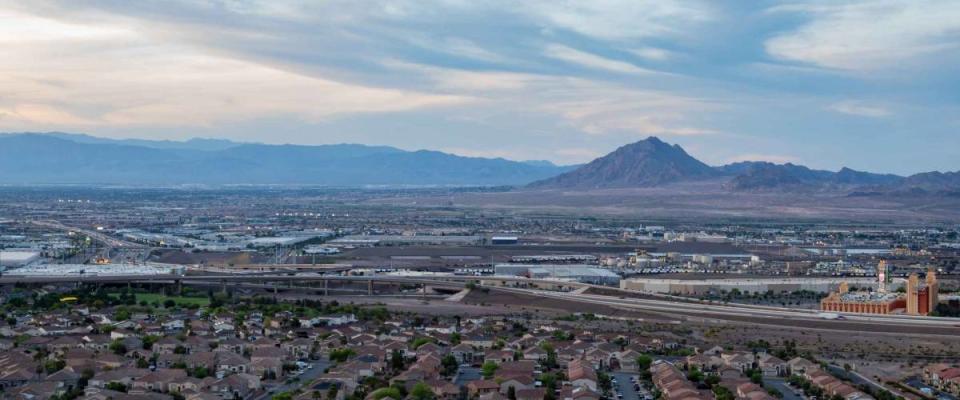
Median household income: $44,422 (state: $63,276)
Poverty rate: 20.6% (state: 12.5%)
This city (“census designated place,” if you want to get technical) just outside of Las Vegas isn’t quite living up to its dreamy name.
About a fifth of the population lives in poverty, and only about 10% of adults in the city hold a bachelor’s degree. Nevada’s Clark County School District has been experiencing a teacher shortage, with advocates warning the Nevada Current of “devastating lifelong consequences for low-income students.”
The Clark County government page also reports a shortage of affordable homes to support low-income households — Sunrise Manor’s median household income is only $44,422 — but adds that the county commissioners have plans for new developments.
25. Arizona: Tucson
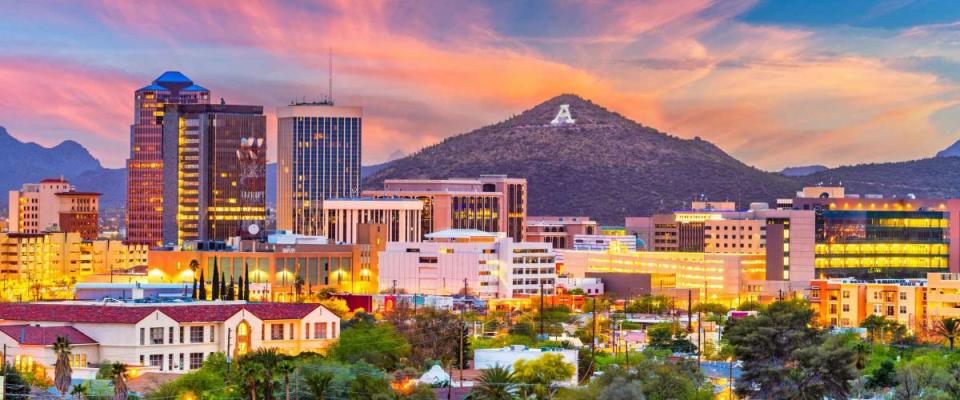
Median household income: $44,365 (state: $62,055)
Poverty rate: 19.1% (state: 13.5%)
Even though Tucson is home to the University of Arizona, only about 27% of adults in Tucson hold a bachelor’s degree, below the state rate of 30%.
The state’s education system is grossly underfunded as a whole, according to the Quality Counts report card from Education Week. Arizona ranks near the bottom of the pack for improving chances of success, school financing and K-12 achievement.
The Arizona Daily Star called the Tucson Unified School District a “hotbed” of failing schools in 2018, despite a $435,000 injection of federal aid the year before.
24. Washington: Yakima
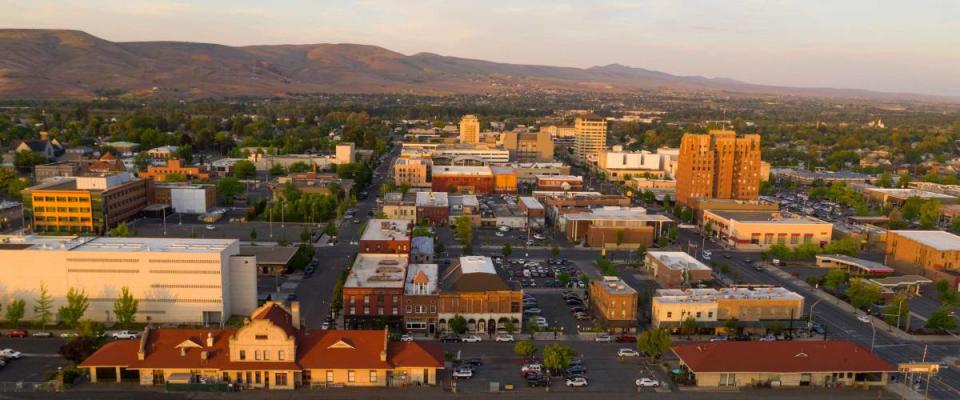
Median household income: $44,292 (state: $78,687)
Poverty rate: 20.3% (state: 9.8%)
While Yakima is situated in the heart of Washington’s prosperous wine industry, the city itself isn’t seeing much benefit. Its poverty rate is more than twice that of the state, while households are falling $30,000 short of the state’s median income.
The city earned a reputation for crime and drug issues back in the 1980s, and in 2014 TIME added Yakima to its list of cities that Americans are terrified to live in.
The magazine noted that Yakima’s rates of burglaries and car thefts were among the highest in the country, so it’s no surprise that residents felt unsafe walking the streets alone at night.
While you might be thankful for your auto insurance in the case of a stolen car, many Americans are paying up to $1,100 more than they should per year on auto insurance policies.
23. North Carolina: Fayetteville
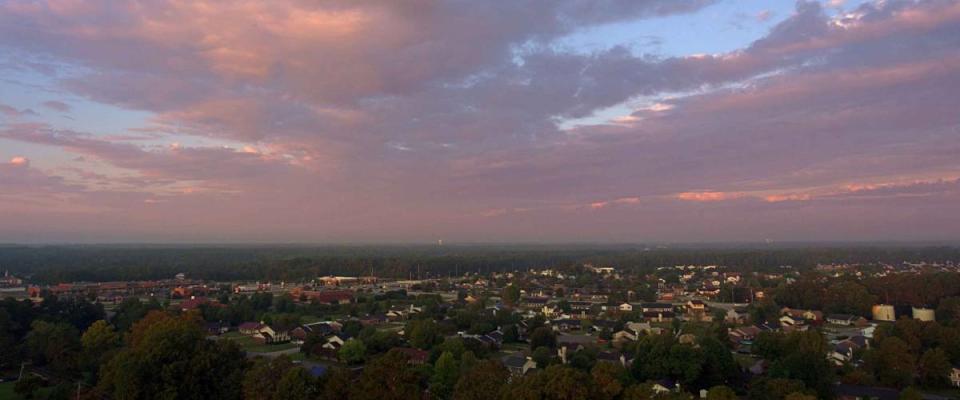
Median household income: $43,789 (state: $57,341)
Poverty rate: 19.3% (state: 13.6%)
Residents have been itching to get out of this military town in North Carolina, perhaps due to its problems with crime. Fayetteville’s homicide and violent crime rates doubled the national average for 2019.
The Fayetteville Observer reports that poverty is having a “snowball effect” in the city, contributing to poorer-quality schools and higher crime rates while reducing well-paying job opportunities. Residents who can afford to leave are looking for employment elsewhere.
Fayetteville is also the county seat of Cumberland County, which ranks among the worst areas for economic mobility for children in poor families, according to The New York Times.
22. Wisconsin: Racine
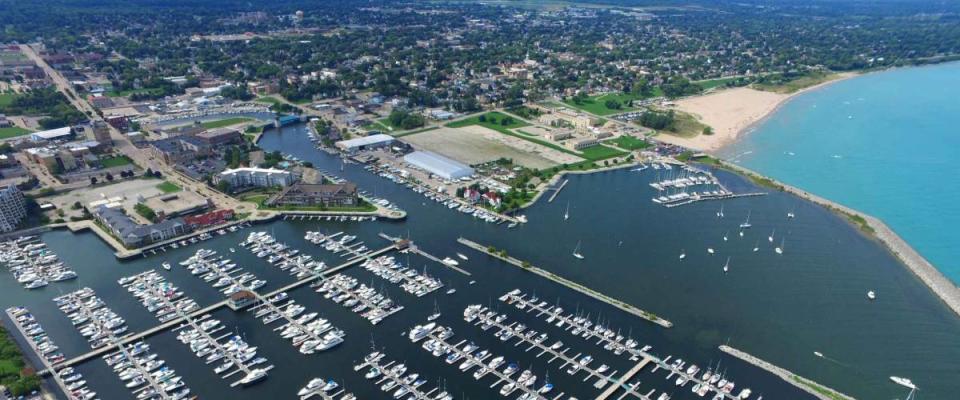
Median household income: $43,748 (state: $64,168)
Poverty rate: 20.4% (state: 10.4%)
Though this city just off the shore of Lake Michigan is Wisconsin’s poorest, it does have serious appeal for homebuyers.
Housing is very affordable, with a median home value of just $124,500. In fact, Racine was named the single most affordable housing market in a 2017 study that examined nine countries, balancing median housing prices against median income.
In the end, while it’s very easy to find a home in Racine, you’ll have to decide whether you want to live in a city with a poverty rate twice that of the state.
21. Colorado: Pueblo
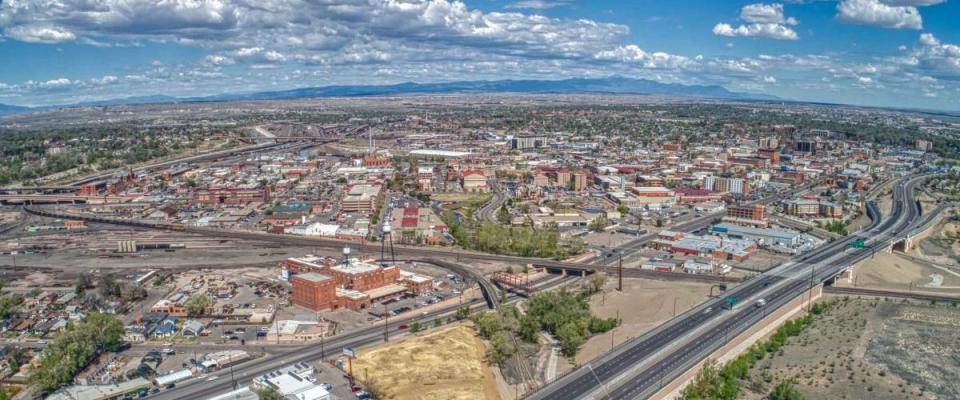
Median household income: $43,148 (state: $77,127)
Poverty rate: 22.9% (state: 9.3%)
Poverty isn’t an isolated problem in Pueblo, which also suffers from a lack of education and a high rate of crime.
Only about 20% of the city’s adults have a bachelor’s degree, which is less than half of the state rate.
Meanwhile, Pueblo ranks No. 1 in the state for violent crime, according to 2018 data from the FBI.
20. Kentucky: Bowling Green
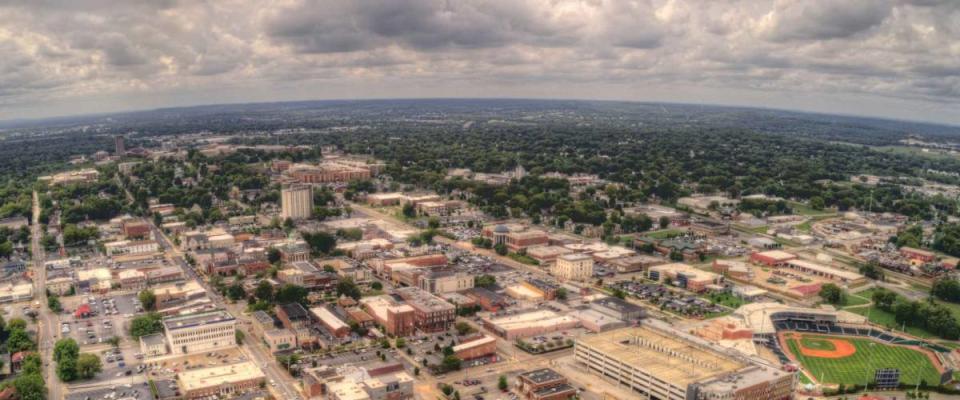
Median household income: $42,164 (state: $52,295)
Poverty rate: 23.3% (state: 16.3%)
The story in Bowling Green is complicated, with signs of both poverty and prosperity.
Homes in this city cost considerably more than the state median, at $183,600 compared to $151,700. And about 33% of adults in Bowling Green have a bachelor’s degree — 8% higher than the state rate.
However, the poverty problem in the city far surpasses that of the state, and its rise has outpaced incomes in Warren County in recent years.
19. Illinois: Decatur
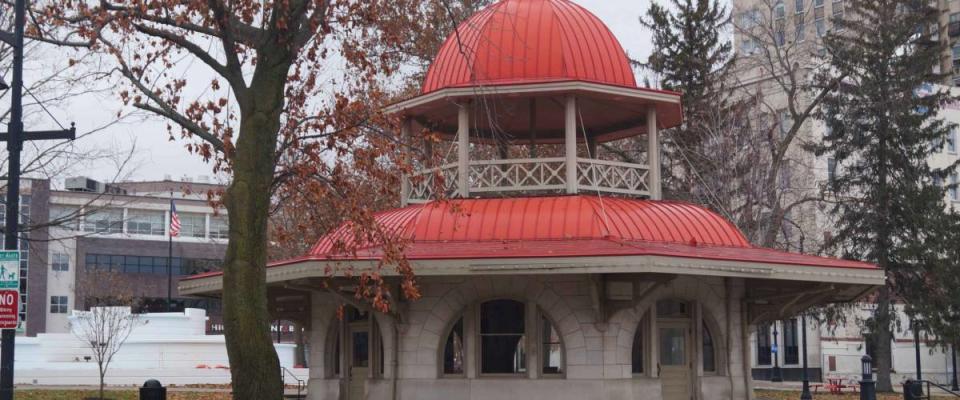
Median household income: $41,440 (state: $69,187)
Poverty rate: 24.4% (state: 11.5%)
Decatur holds one of the cheapest housing markets in the U.S., with median home values at around $87,800, but that doesn’t mean its impoverished residents are living comfortably.
Local paper The Pantagraph says the city has a surplus of market-rate homes but falls short in offering subsidized housing and services.
Fair market rents go for around $500 to $600, the paper wrote in 2018, but that means a viable tenant would need to earn more than $30,000 a year. The city’s many minimum-wage workers are simply priced out.
18. Tennessee: Knoxville
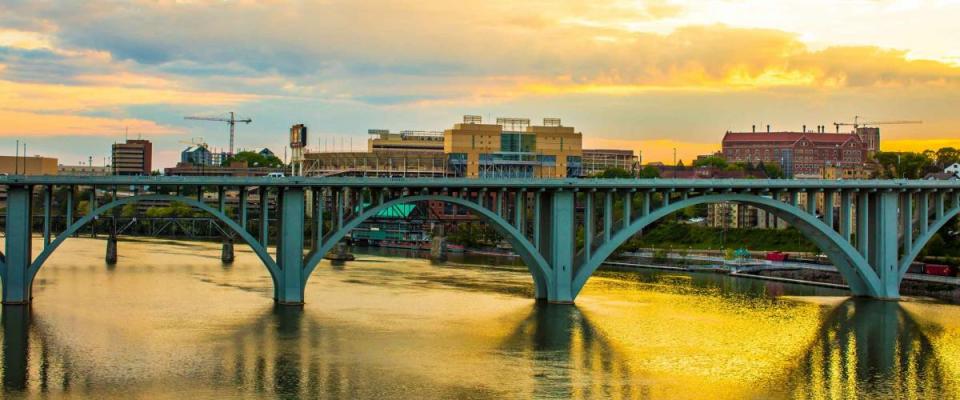
Median household income: $41,388 (state: $56,071)
Poverty rate: 21.8% (state: 13.9%)
The Wall Street Journal once dubbed Knoxville “a scruffy little city” in the 1980s. The title stuck, despite strong economic growth in the years following.
The city holds the University of Tennessee, which helps account for the fact that almost a third of its adult population have bachelor’s degrees, higher than the rest of the state.
However, Knoxville is also ranks near the bottom in a recent study of Tennessee’s safest cities and was cited by Bloomberg as an example of the ballooning wealth gap in the United States.
17. Massachusetts: Fall River

Median household income: $41,346 (state: $85,843)
Poverty rate: 24.5% (state: 9.4%)
Massachusetts is the second richest state in the U.S., with relatively low poverty and unemployment rates — making Fall River a real outlier.
The median household income in this city is less than half of the state median, while its poverty rate more than doubles the state rate.
Recent FBI data also points to Fall River as one of the most dangerous cities in Massachusetts, in terms of violent crime.
16. Arkansas: North Little Rock
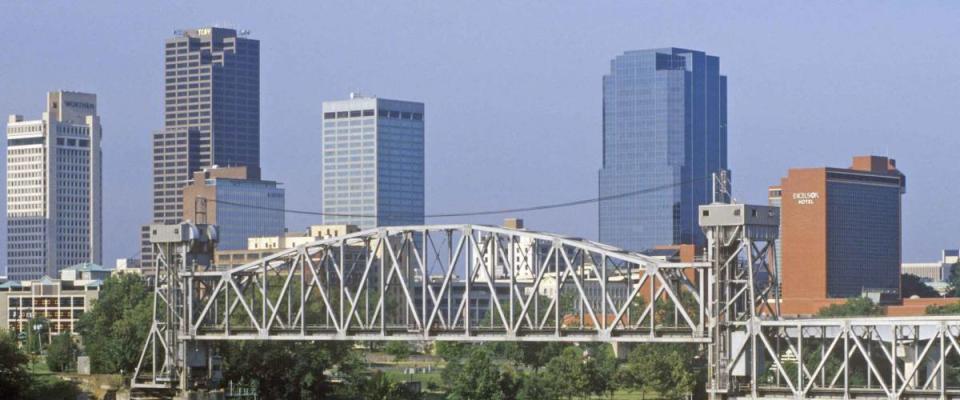
Median household income: $40,870 (state: $48,952)
Poverty rate: 18.8% (state: 16.2%)
North Little Rock in Arkansas is actually pretty reflective of the rest of the state.
That being said, Arkansas is one of the poorest states in the U.S. to begin with, in terms of median household income.
Everything is just a little tougher in North Little Rock, with lower incomes, greater poverty and a slightly higher median home value.
15. California: Hemet
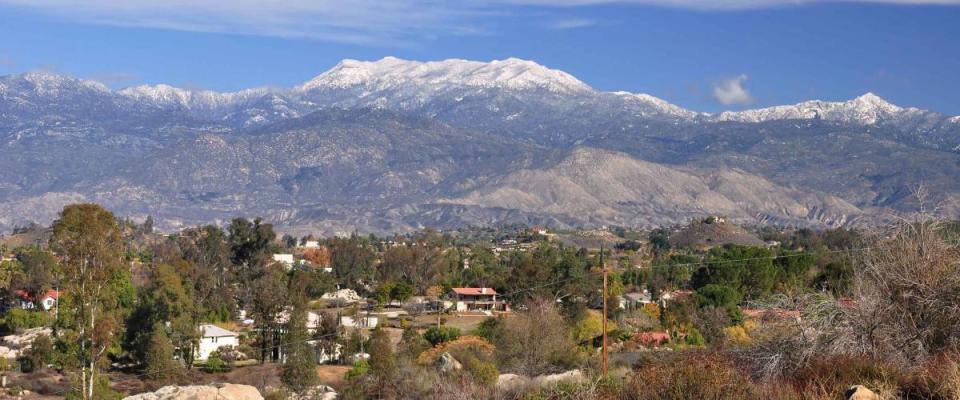
Median household income: $39,653 (state: $80,440)
Poverty rate: 19.1% (state: 11.8%)
If you live in Hemet, you’re twice as likely to be unemployed compared to the rest of the state — but even if you have a job, you’ll only make a fraction of what someone working in San Jose typically earns.
The Desert Sun calls it a “city of tract homes and trailer parks” that has yet to recover from the Great Recession. At $231,900, the median home value in Hermet is less than half the state median and much lower than it used to be in 2006, says The Atlantic.
The magazine suggests Hemet’s poverty rate is booming due to an influx of low-income residents who can’t afford to live in California’s bigger cities.
On top of all that, home insurance costs in the region are on the rise due to increasing risk of forest fires. Make sure you have the best deal on your home insurance policy by comparing several policies through a quote comparison service.
14. Florida: Gainesville

Median household income: $39,201 (state: $59,227)
Poverty rate: 26.1% (state: 12.7%)
Gainesville’s high poverty rate, coupled with unaffordable housing and low wages, cast a small shadow on the Sunshine State.
The median home value in Gainesville sits at $187,200 — considerably cheaper than the median for all of Florida but still high compared to what residents can actually afford. A study from HomeArea.com placed Gainesville at No. 35 on a list of affordable cities, out of a total of 53.
The large student population in the city, thanks to the University of Florida, also brings down the median income and increases the competition for entry-level jobs as well.
13. Louisiana: Lake Charles

Median household income: $37,894 (state: $51,073)
Poverty rate: 26.7% (state: 19.0%)
Louisiana is all-around one of the poorest states in the U.S.
A 2018 story by The Associated Press rattled off a “dizzying and depressing” series of facts about Louisiana, including high rates of unemployment, child poverty and violence against women, paired with slow economic growth and a widespread inability of families to put healthy food on the table.
Meanwhile, your prospects in Lake Charles are even worse, with a median household income well below $40,000 and one in four residents living in poverty.
12. Connecticut: Hartford
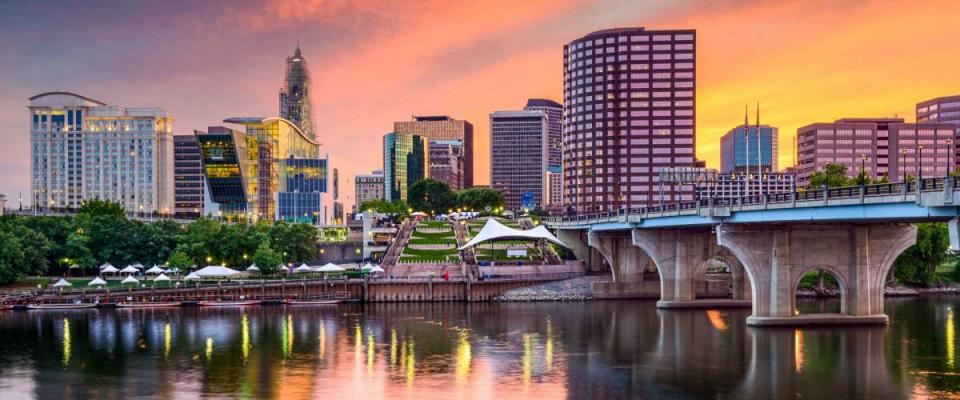
Median household income: $36,762 (state: $78,833)
Poverty rate: 27.1% (state: 10.0%)
By contrast, Connecticut is one of the richest states in the U.S., but the income disparity across the population is impossible to ignore.
The Nutmeg State’s capital city was veering toward bankruptcy before a state bailout in 2018, and it’s still struggling to reach financial stability.
Hartford has been undergoing an exodus of both residents and big businesses for years, The Atlantic wrote in 2017. Meanwhile, Connecticut is mainly importing low-wage workers like personal-care aides and retail salespeople.
11. Alabama: Birmingham
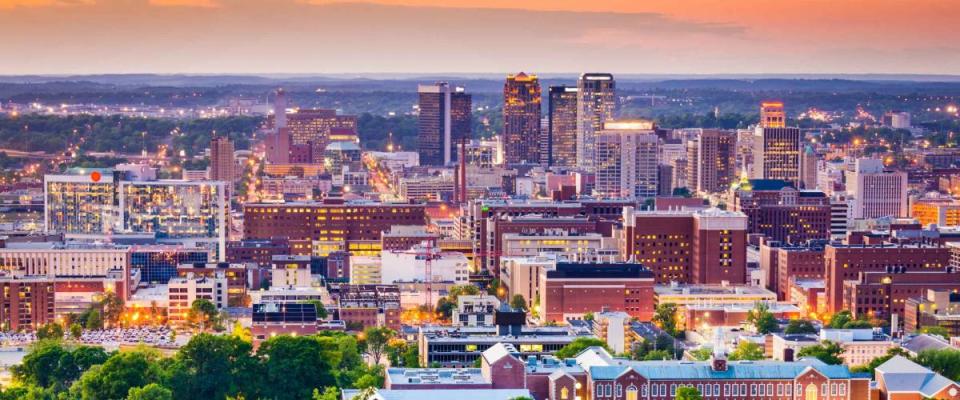
Median household income: $36,753 (state: $51,734)
Poverty rate: 25.2% (state: 15.5%)
Birmingham was once a rapidly growing industrial center pumping out steel and iron products, but the spell that turned Birmingham into the “Magic City” has broken.
A shift to more varied industries, including banking, insurance, medicine and telecommunications, have failed to correct long-running economic inequalities. Today about a quarter of Birmingham’s population lives below the poverty line.
That’s well above the statewide rate — a real issue, considering Alabama is one of the poorest states in the nation, where even working residents earn very little.
10. Michigan: Flint
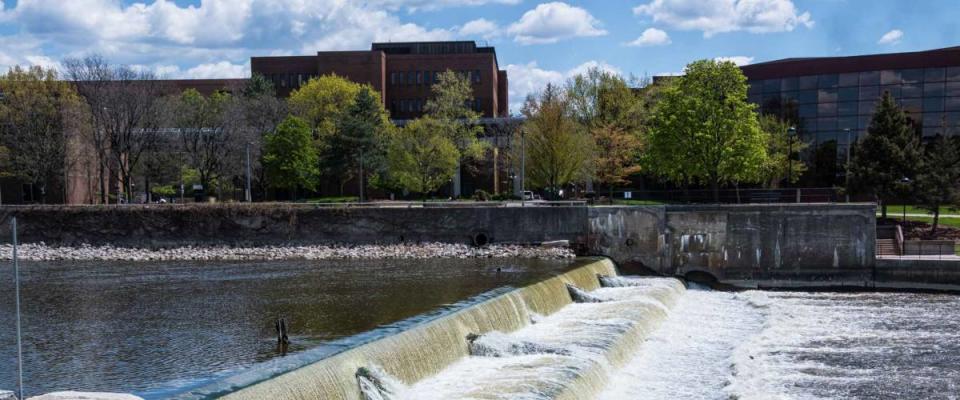
Median household income: $32,236 (state: $59,584)
Poverty rate: 32.6% (state: 13.0%)
In a similar story, Flint was once a booming manufacturing hub, thanks to the presence of General Motors. However, as soon as the auto company moved on from the place of its birth, Flint was “Vehicle City” no more.
Now Flint’s population is on a steady decline, and it has one of the highest unemployment rates around. Almost a third of the city lives in poverty.
Residents have been unable to expect much help from their local government, which has endured crisis after crisis. A state of financial emergency has been declared twice in recent years.
9. Mississippi: Gulfport
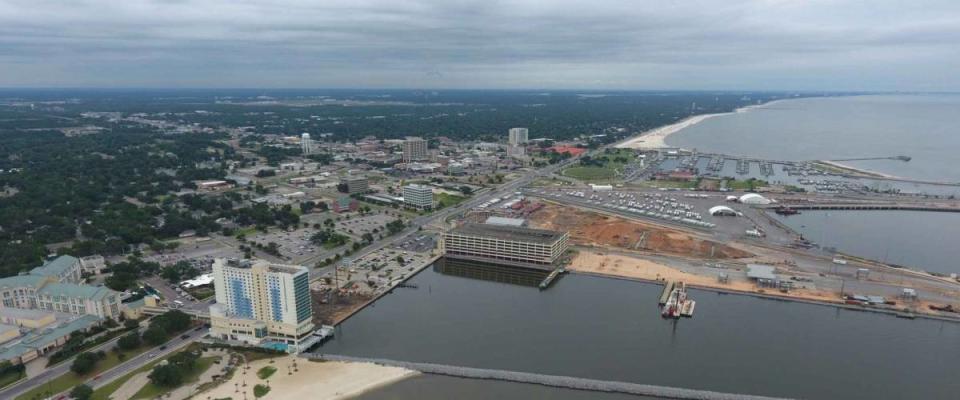
Median household income: $36,013 (state: $45,792)
Poverty rate: 30.7% (state: 19.6%)
In 2019, about one in 10 people in Gulfport were unemployed despite actively looking for work. And with median incomes so low, even those with jobs are struggling to support their families.
Poverty is certainly severe in Gulfport, but the problems there will be familiar to those living in other areas of the state.
Mississippi is the hungriest state in the country, according to Feeding America, with one in five people unable to meet their needs. The problem is even worse among kids, with one in four struggling with hunger.
8. Missouri: Springfield
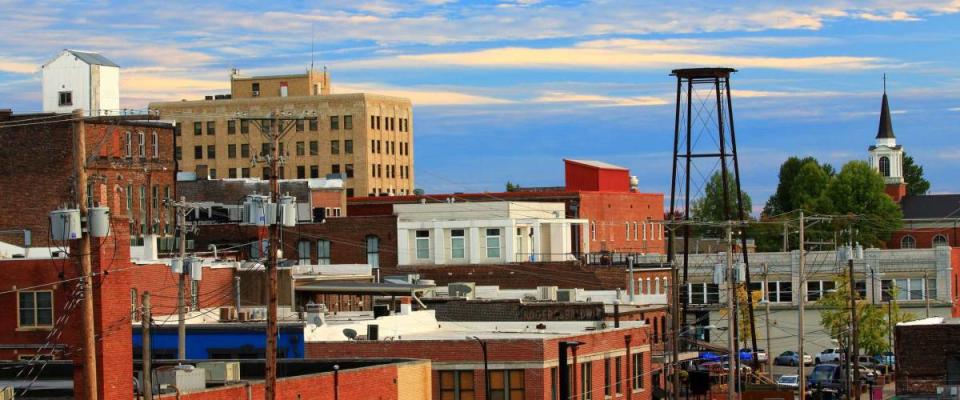
Median household income: $35,677 (state: $57,409)
Poverty rate: 20.9% (state: 12.9%)
This city in southwest Missouri boasts beautiful mountain views, but much of the population can’t relax and enjoy it.
In 2015, the federal government declared that Springfield was the only city in Missouri sinking into a state of “severe fiscal distress.” So many families were struggling that more than half the city’s student body qualified for free or reduced lunches, according to 417 Magazine.
At the time, Springfield had just established an Impacting Poverty Commission to figure out how to reverse the trend — but with one in five residents still living below the line today, it’s clear local efforts haven't succeeded yet.
Whether you're rich or poor, investing can help grow your wealth — and some apps allow you to get started using only your spare change.
7. New Jersey: Camden
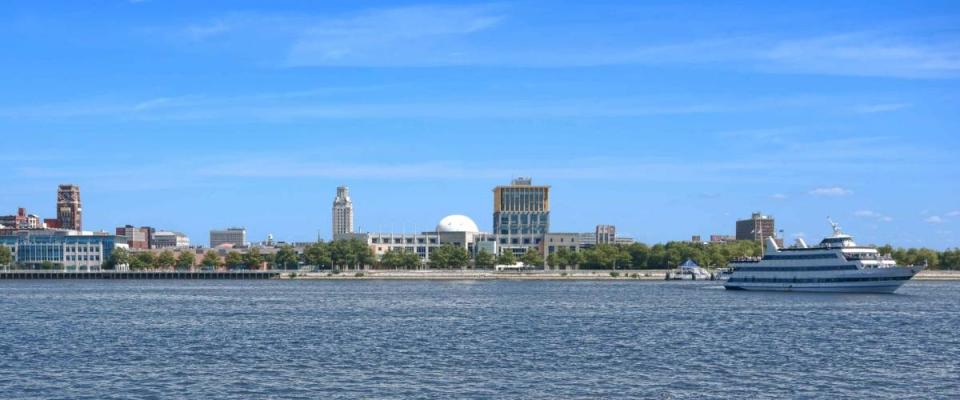
Median household income: $33,120 (state: $85,751)
Poverty rate: 28.6% (state: 9.2%)
Camden shares a similar story to Michigan’s Flint. Once a powerhouse hosting big businesses like Campbell’s Soup, Camden is now an impoverished city hurting for good jobs.
Although New Jersey is one of the wealthiest states in the U.S., Camden’s median household income falls short by a staggering $50,000.
That shocking disparity carries through everywhere. Just 9% of Camden’s adult population has a bachelor’s degree, compared to 41.2% statewide. And the median home value in Camden is just $88,600, compared to a whopping $348,800 in New Jersey as a whole.
6. New York: Rochester
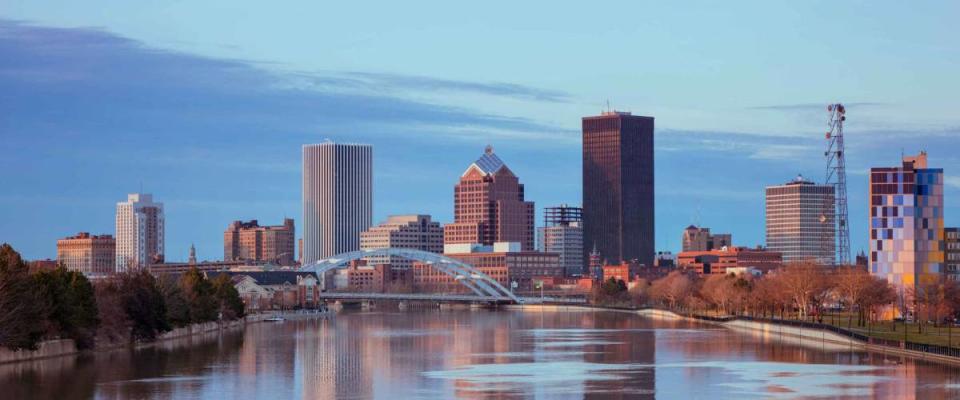
Median household income: $37,711 (state: $72,108)
Poverty rate: 25.3% (state: 13.0%)
Rochester has suffered greatly since the decline of Kodak, which once produced 90% of film used in the U.S. and employed more than 60,000 locals, says The Guardian.
The city came dead last in The Wall Street Journal’s 2019 list of the hottest U.S. job markets in metros with more than one million people.
Speaking to the Rochester Business Journal, Leonard Brock of the Rochester-Monroe Anti-Poverty Initiative said even workers with post-secondary education are struggling to find full-time jobs with a decent enough salary to support themselves.
5. Pennsylvania: Erie
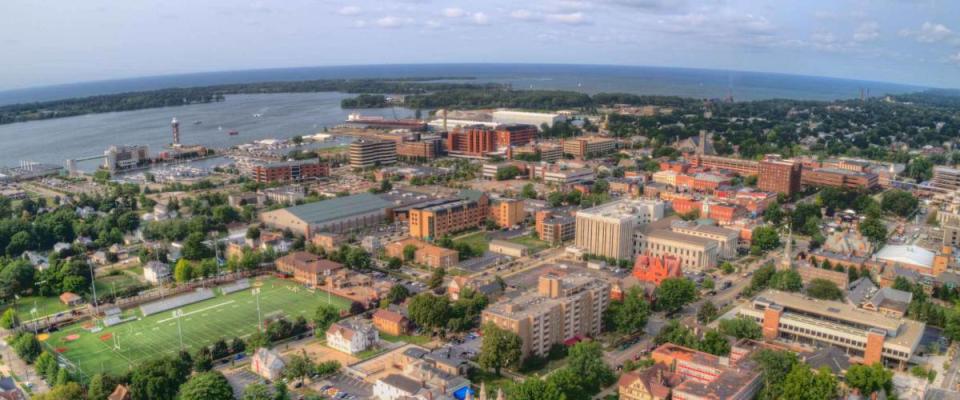
Median household income: $35,798 (state: $63,463)
Poverty rate: 28.5% (state: 12.0%)
The lovely waterfront view of the Great Lake and relatively cheap home values might entice you into settling down in Erie.
However, the city has seen a steep decline in not only blue-collar manufacturing jobs but also high-paying white-collar jobs. Between 2008 and 2018, Erie lost half its CEOs, 8% of its accountants, 10% of its computer workers, 40% of its engineers and 20% of its lawyers.
The poverty rate in the city is now more than double the state rate.
4. Texas: Pharr
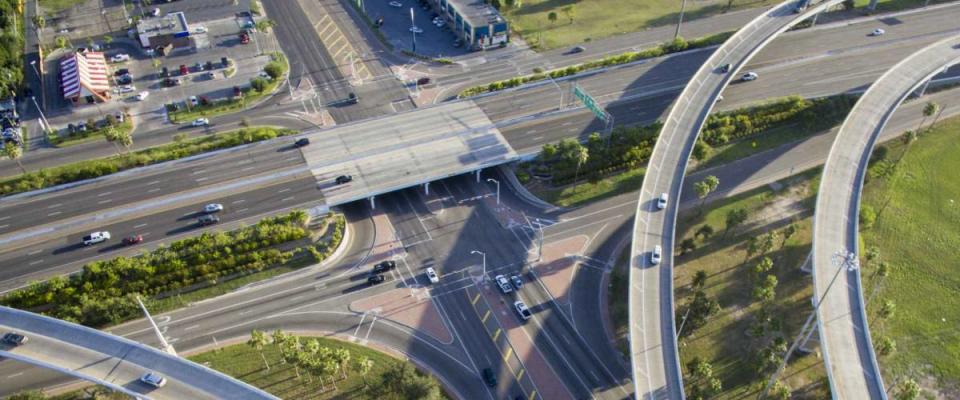
Median household income: $36,342 (state: $64,034)
Poverty rate: 38.1% (state: 13.6%)
This border city — Pharr is connected by bridge to the Mexican city of Reynosa — has the highest poverty rate on this list, at nearly four in 10 people.
Poverty levels are strongest in Texas along its border with Mexico, says The Texas Tribune. Hidalgo County, where Pharr is located, also has a high concentration of child poverty, with 45.5% living below the line.
Only about 13% of Pharr’s adult population holds a bachelor’s degree, compared to the state rate of close to 31%.
3. Georgia: Albany
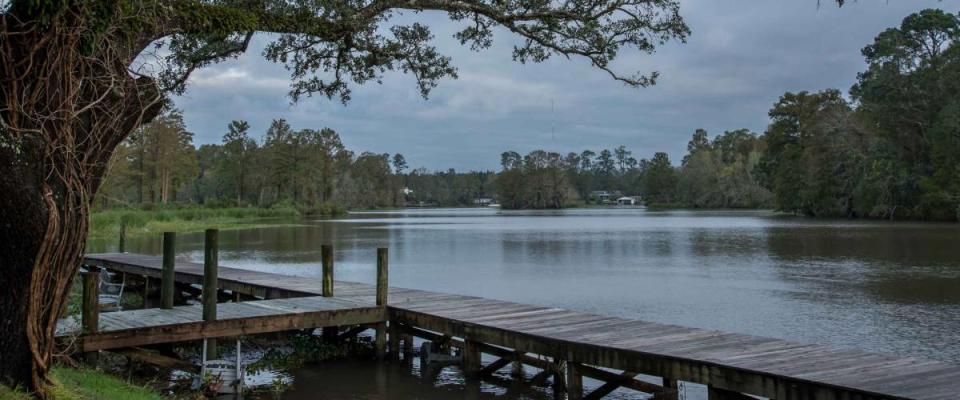
Median household income: $31,397 (state: $61,980)
Poverty rate: 31.0% (state: 13.3%)
Albany has been referred to as the Good Life City — however, with an unemployment rate over 12% in 2019, many of its residents would strongly disagree.
The city’s poverty rate is over twice as high as that of the state. Albany’s poor are also highly concentrated in poor neighborhoods, with almost four in 10 clustered together in low-income areas.
Many graduates leave Albany to look for better opportunities outside of the city. Speaking to the Albany Herald, several young people complained of crime, a lack of entertainment and a lack of community, with one saying she felt like she saw more people her age dying than getting their first job.
2. Indiana: Gary
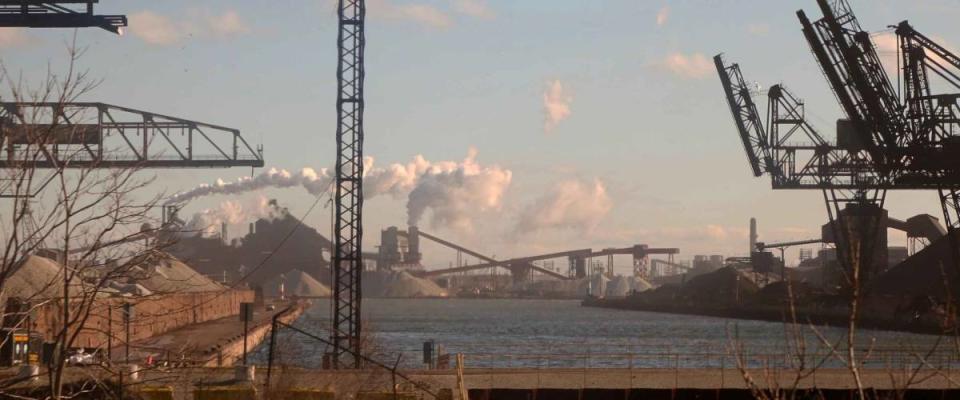
Median household income: $31,341 (state: $57,603)
Poverty rate: 30.0% (state: 11.9%)
Before automation took over, Gary’s factory jobs provided residents with steady employment and solid incomes. That is no longer the case today.
“Gary, Indiana, is dying,” declared The Guardian in 2017, though “the death isn’t complete; there are still a few factories and a few neighborhoods with nice, small homes.”
The Gary Works steel mill is still a major employer, but jobs have been drastically downsized due to foreign competition. Now 30% of the city’s population live under the poverty line.
1. Ohio: Youngstown
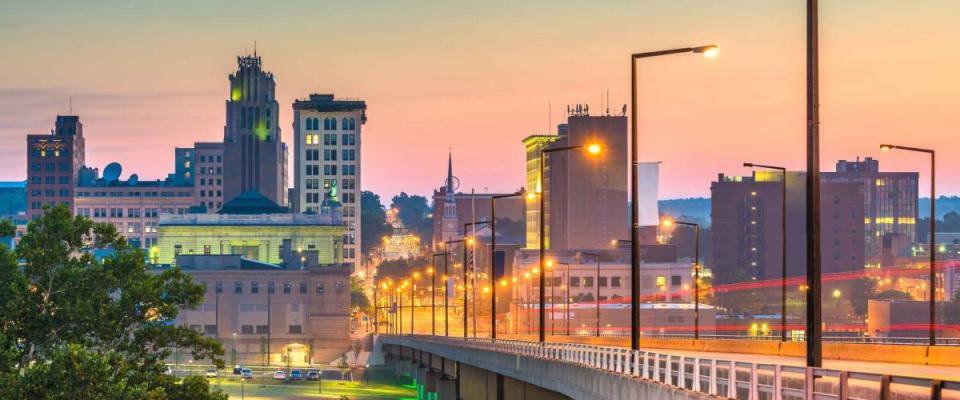
Median household income: $29,143 (state: $58,642)
Poverty rate: 37.9% (state: 13.1%)
Youngstown is the poorest city not only in Ohio but in all of the U.S., according to the 24/7 Wall St. analysis.
Like other shrinking American cities, Youngstown’s decline was prompted by the departure of major manufacturers. Layoffs in the steel and metalworking industries started by the thousand on Black Monday — Sept. 19, 1977 — and just kept going.
Today it’s not just the adults who are struggling to survive in the city, with abysmally low wages and high unemployment — but over half of the children in Youngstown live in poverty, according to census estimates.
Having trouble making ends meet? You can earn a little cash back on your groceries just by taking a picture of your receipt.
